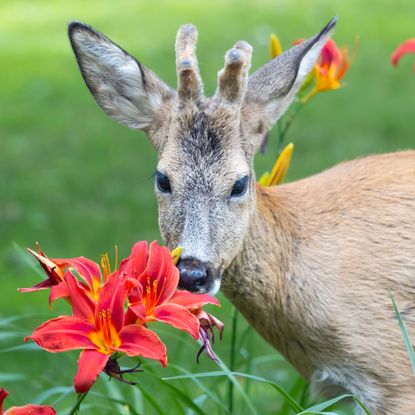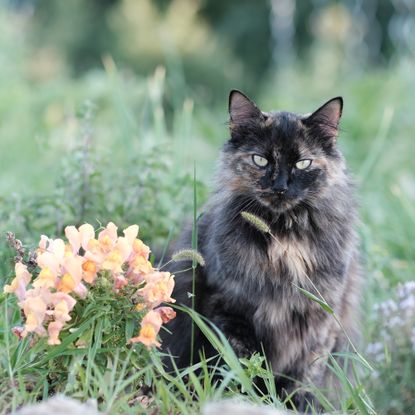Animals
Most people think of pests in the garden as only being insects. Well, there are a number of animals that can become a pest too, chomping away or trampling on all your prized plants. We can help with this problem though. Here you will find many of these animal pests and how to go about getting rid of them, or at least try to repel them safely.
-
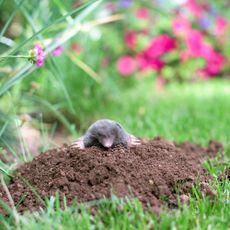
Finding More Holes in Your Yard Than Usual? Here’s How to Identify Which Animal Is Making Them
Animal holes can pop up in the least expected place in the yard and it is hard to know what animal caused them. Learn how to identify holes and stop pests.
By Mary Ellen Ellis
-
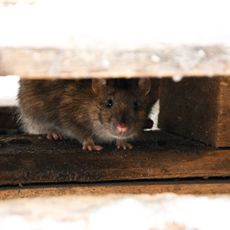
It's Time to Act: These Are the Best Products to Keep Mice & Rats Out of Your House Before They Invade
Mice and rats sneak indoors in fall, and they can wreck your house. Simple moves with the best products to repel mice and rats will keep you rodent-free.
By Tyler Schuster
-
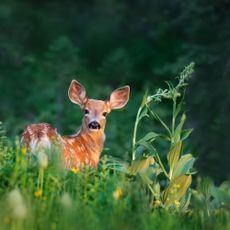
This Top-Rated Deer Deterrent Device is the Humane Way to Protect Your Precious Garden from Hungry Herds
Don't let deer destroy all your hard work. This top-rated deer repellent device has customers raving about how it protects their gardens from deer and wildlife.
By Kathleen Walters
-
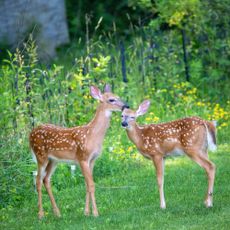
How to Keep Deer Out of Your Garden by Creating the Ultimate Deer-Proof Design
Keep deer out of the garden with these simple tips and tricks. Those greedy grazers will steer clear of your garden next time they're looking for a snack.
By Amy Grant
-
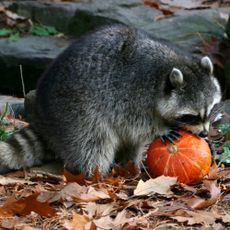
What Do Raccoons Eat? (And How Not to Feed Them by Accident)
Wondering what raccoons eat? Learn their wild and urban diets, why feeding them is bad, and how to keep these pests out of your yard.
By Tyler Schuster
-
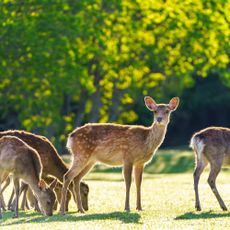
Homemade Deer Repellent: 3 Simple Spray Recipes to Keep Plants Safe From Hungry Wildlife
Keep greedy grazers away from precious plants with one of these easy and effective homemade deer repellent recipes.
By Tyler Schuster
-
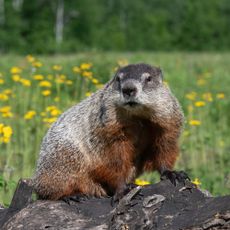
Grow These 10 Plants That Groundhogs Hate – No More Woodchuck Destruction
Use these plants that groundhogs hate in your landscaping to keep those rodent rascals from destroying your hard work.
By Tyler Schuster
-
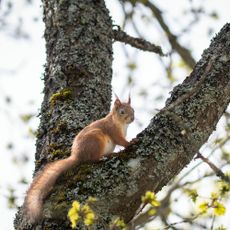
Try This Clever and Cost-Effective Squirrel Deterrent That Sounds Crazy, But Actually Works
Squirrels will run when they see a toy 'predator' animal in your garden. This clever squirrel deterrent will send those fuzzy punks packing.
By Tyler Schuster
-
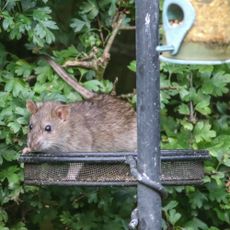
Your Bird Feeder Could Be Attracting Rats – Keep Them Out of Your Yard With These Clever Tips
Rodents can be attracted to bird feeders, but you don't have to put up with it. Learn how to keep rats away from your backyard bird oasis.
By Kathleen Walters
-

Try These 6 Clever and Humane Ways to Keep Groundhogs Out of Your Garden Without Harming Them
Groundhogs wreak havoc on vegetable gardens and flower beds, but you don't have to give in to the burrowing burglars. Explore kind ways to move them along.
By Tyler Schuster
-
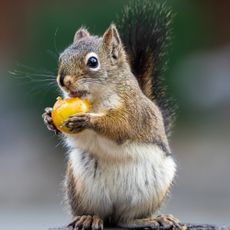
This Simple Stick Trick Stops Squirrels From Raiding Your Garden – And It Doesn't Harm Them
A few simple sticks will keep squirrels from destroying your vegetable garden. Learn how to use this stick trick to protect your produce.
By Mary Ellen Ellis
-
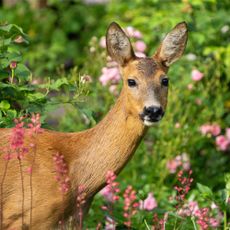
Deer Used To Destroy My Garden, Until I Discovered This Spray That’s Safe For Plants & Animals
Deer devoured my garden plants for years until I discovered this spray. Since then, it's been sayonara to nibbled stems and hello to beautiful blooms!
By Laura Walters
-
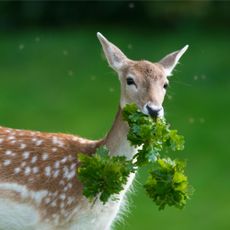
What I’ve Learned About Deer – How To Cope With Damage, And How To Stop Deer From Eating Plants
Deer are part of our ecosystem, but they can be voracious. Learn how to stop deer from eating plants from someone who has battled them for years!
By Mary Ellen Ellis
-
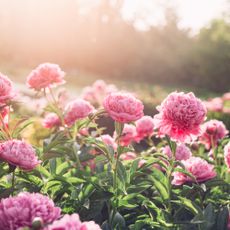
Do Deer Eat Peonies? How To Keep Them Away And Save Your Gorgeous Blooms
Peonies are not usually favored by deer, but sometimes they go after the young shoots of the plants anyways. Learn how to keep deer away from beautiful blooms.
By Mary Ellen Ellis
-
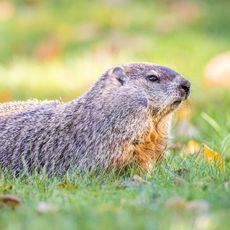
What Is Groundhog Day? Why We Celebrate A Furry Garden Pest
What is Groundhog Day and why do we continue to honor this tradition every February? Maybe because it’s a great reason for a celebration!
By Susan Albert
-
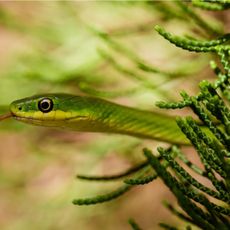
What Plants Do Snakes Hate: Using Snake Repelling Plants For Gardens
By Bonnie L. Grant
-
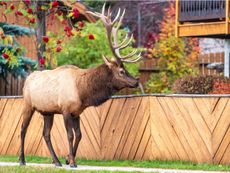
Eliminating Elk Damage - How To Keep Elk Out Of Your Garden
Elk are interesting to watch, but are they eating your plants? Learn different ways to discourage elk from feasting from your garden.
By Amy Grant
